A ceiling fan is a practical and stylish addition to any room, providing a refreshing breeze in summer and circulating warm air in winter. However, with the vast array of choices available in the market, selecting the perfect ceiling fan can seem overwhelming.
Understanding Ceiling Fan Terminology
Before we begin, let's familiarize ourselves with some common terms related to ceiling fans:
- Amperage: The electrical current required to operate the fan, measured in AMPs.
- Blades: The components that circulate air to create a cooling breeze.
- Blade Pitch: The angle of a single blade, which influences the fan's air movement efficiency.
- Cubic Feet Per Minute (CFM): The total volume of air the fan produces at top speed.
- Energy Star: Ceiling fans with this label are 60% more efficient than non-certified models.
- Motor Size: Measured in millimeters (MM). The larger the number, the more powerful the fan.
- Revolutions Per Minute (RPM): The speed at which the fan rotates in a minute.
- Vaulted Ceiling: Higher ceilings, usually angled more than a standard ceiling, can affect fan selection.
Identifying the Perfect Location for Your Ceiling Fan
Before purchasing a ceiling fan, it's crucial to identify the area where you plan to install it. The location impacts the type of fan you need, whether it's for the living room, bedroom, or outdoor space like a patio. If you're planning to install a fan in a bathroom or outdoor area, ensure the fan meets Underwriters Laboratories (UL) damp/wet ratings.
How to Choose Ceiling Fan Size
The ceiling fan size should complement the room's dimensions. Installing a fan that's too small won't circulate air effectively, while a fan that's too large could overpower the room. Use this guide to determine the best ceiling fan size for your space:
- Small rooms (up to 75 square feet): A ceiling fan with a diameter of 44 inches or smaller.
- Medium rooms (76 to 144 square feet): A ceiling fan with a diameter of 45 to 52 inches.
- Large rooms (145 to 225 square feet): A ceiling fan with a diameter of 54 to 60 inches.
- Extra-large rooms (more than 225 square feet): A ceiling fan with a blade size of 72 inches or more.
Picking the Right Mounting Type
The type of ceiling fan mounting is determined by the ceiling's height. For ceilings less than 8 feet tall, choose a low-profile or flush-mount fan. If your ceiling height is around 8 to 9 feet, a standard mount fan with a downrod would be ideal. For ceilings taller than 10 feet, you might need to install a fan using an extended downrod or multiple fans.
|
Hugger/flush mount |
|
Downrod mount |
|
Sloped ceiling mount |
Shop Flush Mount Ceiling Fans ►
Shop Downrod Mount Ceiling Fans ►
Considering Ceiling Fan Styles
Ceiling fan styles range from traditional to modern, rustic to industrial, and everything in between. Your choice should match your home's decor. For instance, sleek designs with neutral colors can complement modern interior themes, while fans featuring intricate details and warm tones can enhance traditional settings.
Shop Traditional Ceiling Fans ►
Evaluating Ceiling Fan Features
Modern ceiling fans come with a variety of features. Some offer energy-saving benefits, while others come with remote controls for easy operation. Here are some common control options:
- Pull chains: Ideal for rooms with lower ceilings. They are also good for outdoor closed spaces, allowing you to adjust the speed without needing a remote.
- Wall control: Lets you control your fan's direction and speed and dim the lights with the push of a button. It's mounted inside the wall light switch, so you always know where your ceiling fan control is.
- Remote control: Offers increased convenience and comfort. Allows you to dim the lights and adjust the fan's direction and speed from anywhere in the room.
- Smart home control: Wi-Fi-enabled ceiling fans let you adjust your fan's settings using your smart device or via a home automation system.
Deciding on Lights or No Lights
Consider if you need a ceiling fan with lights. If your space is brightly lit by large windows and other lighting fixtures, a ceiling fan without lights could be a good option. However, if your space is a bit dark or could use more light, a ceiling fan with built-in light could enhance your space even more.
Shop Ceiling Fans with Lights ►
Shop Ceiling Fans without Lights ►
Checking Wet/Damp Ratings
If you're placing a ceiling fan in a bathroom or an outdoor space, pick a model with the appropriate UL and Electrical Testing Laboratories (ETL) rating. UL and ETL ratings can be broken down into two general categories: damp rated and wet rated.
- Damp-rated fans: Designed for use in covered outdoor spaces or inside places like bathrooms and laundry rooms that aren't directly exposed to water.
- Wet-rated fans: Designed for use in outdoor spaces that may be exposed to elements like heavy snow or rain.

Understanding Airflow and Efficiency
A fan's motor determines its efficiency and airflow. Fans with high Cubic Feet Per Minute (CFM) or airflow efficiency are perfect for outdoor spaces or garages as they circulate more air and can help keep away insects and pests.



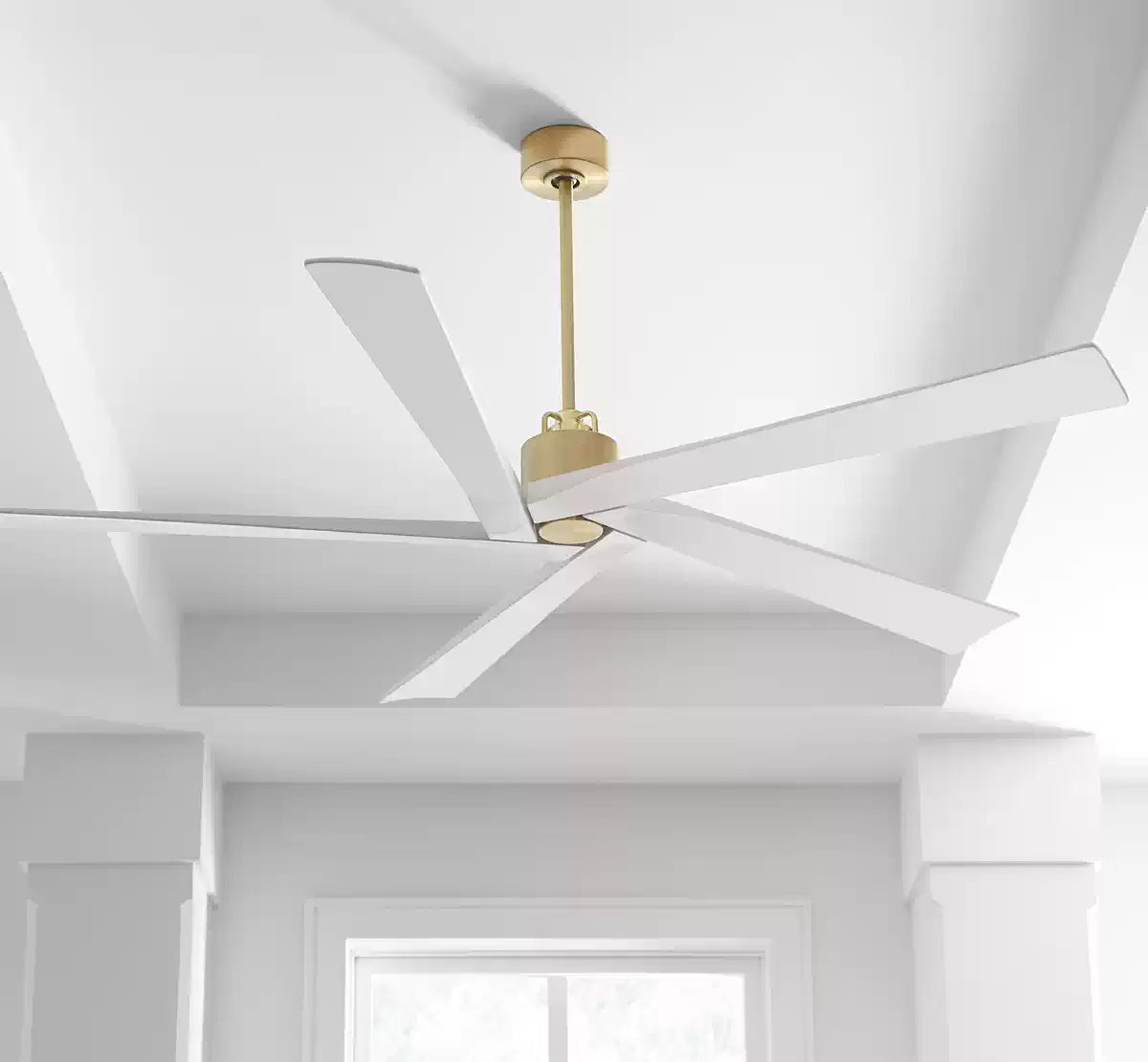


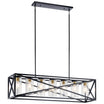


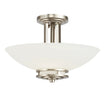



















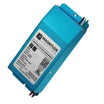







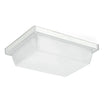



































































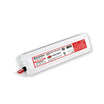






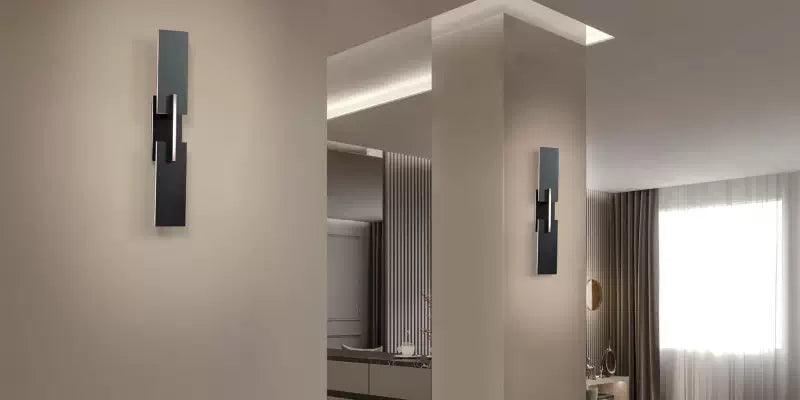
Leave a comment
All comments are moderated before being published.
This site is protected by hCaptcha and the hCaptcha Privacy Policy and Terms of Service apply.